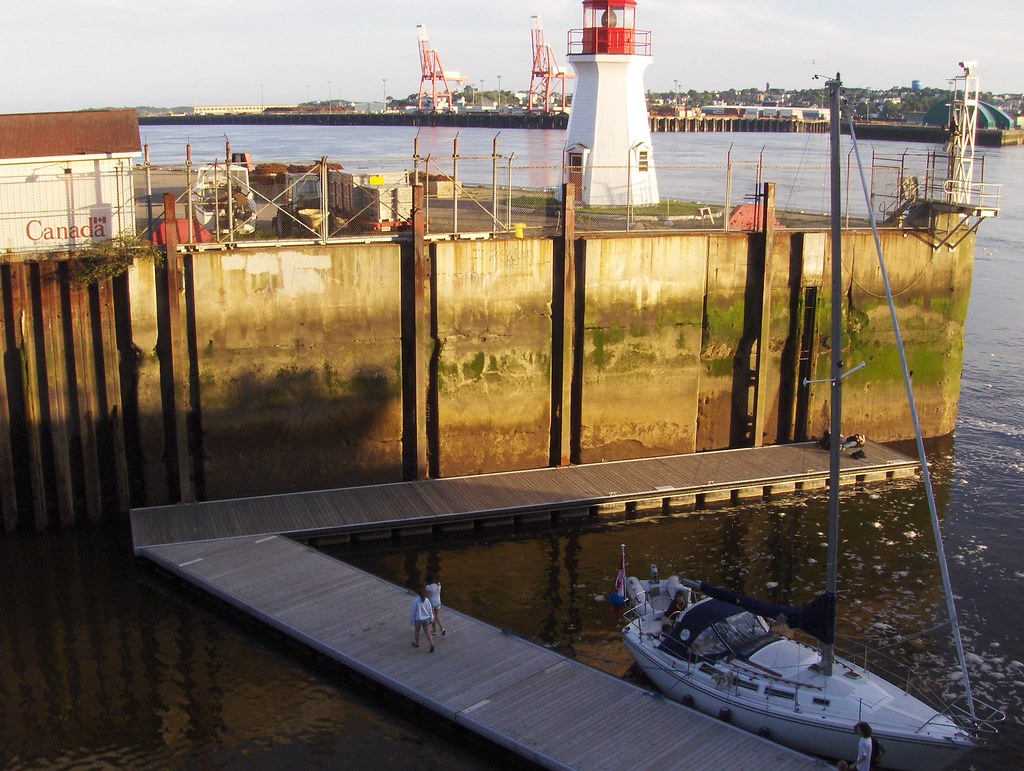
SAINT JOHN – The east side of Saint John is ruled by three things: the refinery, retail and rain. Every time a big storm rolls in, businesses and basements get soaked. And the problem is only getting worse.
That’s because this sprawling side of the city is built on top of its largest urban watershed — Marsh Creek. It’s a 4100-hectare patch of wetlands, but it’s a far cry from looking like a Ducks Unlimited commercial.
That’s because Saint John flushes 16 million litres of raw sewage into its harbour every day, with Marsh Creek a major dumping ground. “Whatever disease you want — it’s there,” says Colin Forsythe, a community wetlands coordinator with the Atlantic Coastal Action Program.
That’s where his organization steps in. The Saint John chapter is proposing to rejuvenate the area, with dreams beyond a new Costco and its discounted vats of mixed nuts.
Their Marsh Creek Renewal Initiative aims to restore key areas of wetlands to ease flooding, with walking and biking trails interlaced throughout. They envision these trails connecting the east side with uptown so people can travel through the city without relying on cars. Add kayaking and canoeing to the mix in order to get the citizens of one of Canada’s fattest cities off their couches and you’re officially creating a neighbourhood exercise program.
Not that this is going to be easy. “We’ve changed the landscape so much we don’t know what’s natural anymore,” says Forsythe. But after years of study, they’ve broken down the monster into 27 projects.
It’s ambitious—ACAP bills it as the largest sustainable development project ever proposed for Atlantic Canada—and it’s expensive.
Saint John being an industry town, you can pretty much smell the money in the air. So why shouldn’t The Man pay to freshen up the stench? ACAP says it can be done through environmental compensation projects—legislation that requires corporations to replace any areas they alter through developments with an equal amount of ecosystem elsewhere.
ACAP is taking it one step further, with what Forsythe calls “watershed banking.” They identify the various projects needed to revitalize Marsh Creek and big industry foots the bill now, in advance of their future construction. With no shortage of industrial activity in the area, ACAP Executive Director Tim Vickers thinks this could shorten the amount of time to restore the area to under a decade.
It’s never been done in the Maritimes before, and it also lets taxpayers off the hook.
photo by Shawn Micallef
